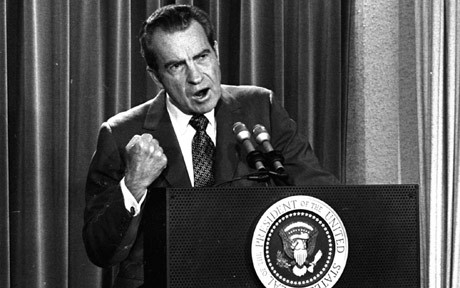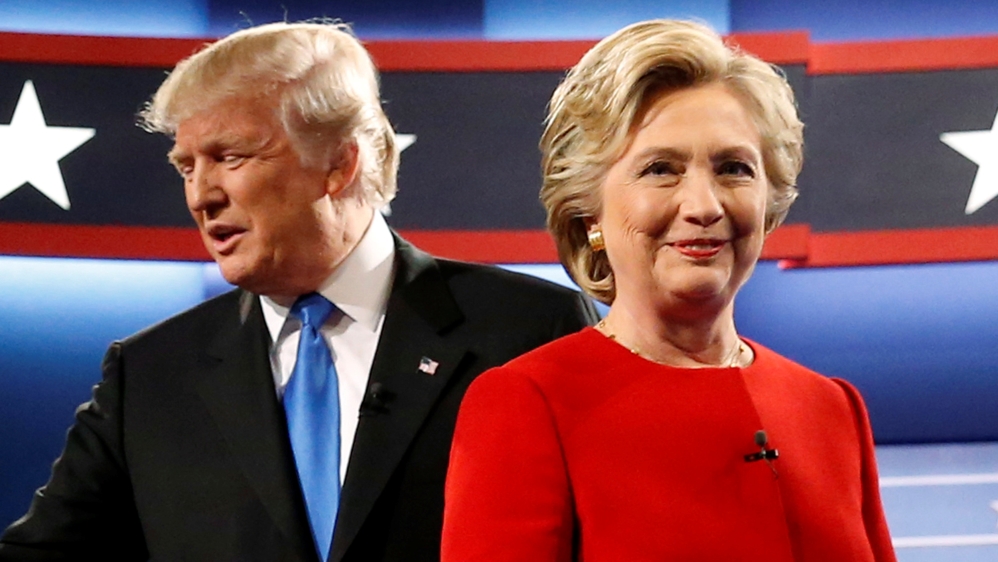The Term’s final stretch is here, and the Court is releasing opinions every Monday. (At some point in June, it will probably begin releasing opinions on Thursdays as well, and perhaps on other days.) On Monday, May 14th, the Court released five opinions dealing with issues as disparate as lawyers who concede their clients’ guilt, who has a right to privacy in a rental car, and the legality of sports betting. (ISCOTUS co-director Carolyn Shapiro discussed several of them on WGN’s Legal Face-Off.)
McCoy v. Louisiana
The Court ordered a new trial in McCoy v. Louisiana, a capital murder case in which the defendant’s counsel, in the hopes of avoiding a death sentence, admitted that the defendant had killed the victims, despite the defendant’s express objections. Robert McCoy was charged with of first degree murder in the deaths of the mother, stepfather, and son of his estranged wife. McCoy’s lawyer, Larry English, urged McCoy to take a guilty plea; McCoy refused, continuing to maintain his innocence. Then, two weeks before the trial, English told McCoy that he intended to admit that Mr. McCoy had killed the victims, a move that McCoy emphatically opposed. At trial, English in fact “conceded McCoy’s role in the killings” both in his opening and closing arguments, arguing for second degree murder. McCoy expressly objected to this strategy, and exercised his right to testify during the trial that he was innocent and present his alibi at the time of the murders. Ultimately, the jury found McCoy guilty of first degree murder and sentenced him to death.
In a 6-3 opinion written by Justice Ginsburg, the Court held that, unlike strategic decisions that serve to achieve a client’s objectives, the decision to assert innocence is one for the client to make – it is his choice about what his actual objectives are. The Court further clarified that because McCoy did not make an admission that he intended to commit perjury in asserting his innocence, nor did English doubt that such an assertion would be truthful, English’s actions in going against his client’s wish to profess innocence violated McCoy’s right to autonomy under the Sixth Amendment. The Court emphasized McCoy’s fundamental right to make his own decisions about how to proceed with his defense, and that a jury is almost certain to be swayed by a lawyer who admits his own client’s guilt. The dissent, written by Justice Alito and joined by Justices Thomas and Gorsuch, argued that English did not admit that McCoy was guilty of first-degree murder, but that he was guilty of committing one element of the offenses charged with (the actus reus: killing the victims) but not the other (the mens rea: intent). Slate and the Cato Institute praise the majority’s ruling, and the Washington Post provides more background.
Byrd v. United States
A second criminal case, Byrd v. United States asked whether a driver has a reasonable expectation of privacy in a rental car when he has the permission of the renter to drive the car but the rental agreement does not have that person listed as an authorized driver. If so, the driver can assert a Fourth Amendment claim related to the search.
Terrence Byrd was stopped at a checkpoint when he was driving a car that his girlfriend had rented. After searching the car, alleging that they had obtained Byrd’s consent and thus had probable cause (which he disputes), state troopers found heroin and body armour in the car.
The Court, in a unanimous opinion by Justice Kennedy, stated “[f]ew protections are as essential to individual liberty as the right to be free from unreasonable searches and seizures.” The Court criticized the Government’s proposed rule that drivers of rental cars whose names are not on the rental agreement always lack an expectation of privacy, because the rental company has not explicitly authorized them as drivers, as too restrictive. But the Court also disagreed with Byrd’s contention that the sole occupant of a car always has a reasonable expectation of privacy via mere possession and control, because that would afford privacy expectations to people who would have no such expectation, such as a car thief. The Court remanded the case on this issue. NPR discusses the implications that both McCoy and Byrd have for individual rights in criminal justice cases.
Murphy v. NCAA
Murphy v. NCAA also received significant news coverage, as it invalidated a federal statute that prohibited modifications or repeal of state-law prohibitions on sports gambling. More specifically, the Court held that the statute unconstitutionally “commandeered” the regulatory power of States in contravention of New York v. United States and the Tenth Amendment. USA Today notes states now have the opportunity to legalize sports gambling “as they see fit,” and the Washington Post explores other implications here. As Forbes notes, however, states do not have to legalize such gambling and can regulate it in a variety of ways. The case also suggests that the Trump administration’s efforts to require state and local government cooperation in immigration enforcement faces an uphill battle.
Justice Breyer joined most of Justice Alito’s majority opinion but joined the portion of Justice Ginsburg’s dissent that addressed “severability,” the fate of the parts of the statute that were not expressly held unconstitutional but that the majority held could not be separated from the unconstitutional portion. Stephen Wermiel of SCOTUSblog explains how this case may not be 6-3 or 7-2 but rather 6-1-2. (Severability was last a major issue in the first Obamacare case, NFIB v. Sebelius.)
United States v. Sanchez-Gomez and Dahda v. United States
In a unanimous decision, the Court vacated and remanded a case for mootness. U.S. v. Sanchez-Gomez dealt with a challenge to full restraints used during non-jury, pretrial proceedings. The restraints at issue in this case include full five-point restraints where the “defendant’s feet are shackled together and a waist chain connects to tightly restrain their cuffed hands,” Jurist reports. The Court declined to reach the merits of the claim, however, but made clear that there were other ways defendants subjected to this practice could litigate its constitutionality. And in the 8-0 decision in Dahda v. U.S. (Justice Gorsuch was recused), the Court analyzed the use of wiretapping as a means by which to intercept communications of drug dealers in Kansas, and rejected the argument that the orders were facially insufficient under the relevant statute, 18 U.S.C. §2518(3).
The Court will continue to release opinions through May and June, so don’t forget to check back with ISCOTUSnow for updates!
ISCOTUS Editorial Coordinator Anna Jirschele, Chicago-Kent Class of 2018, ISCOTUS Fellow Zoe Arthurson-McColl, Chicago-Kent Class of 2020, and ISCOTUS Co-Director and Chicago-Kent faculty member Carolyn Shapiro contributed to this post.

 On the other side, Trump went
On the other side, Trump went 
